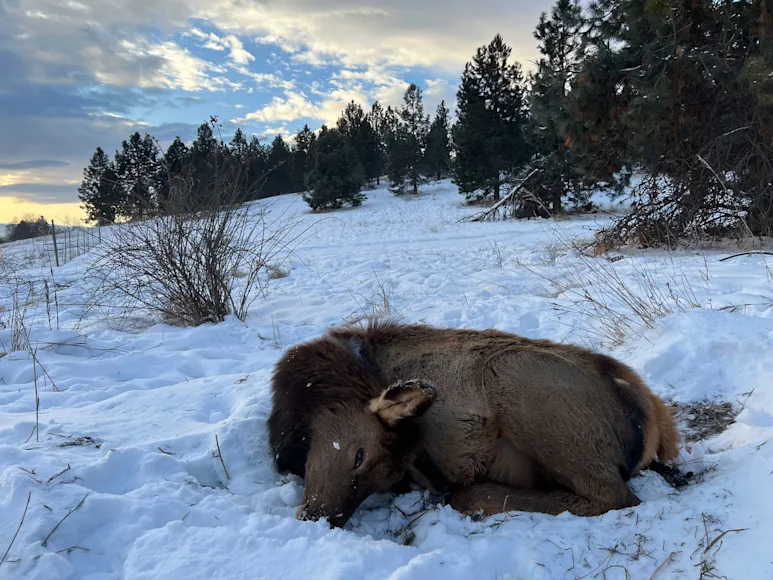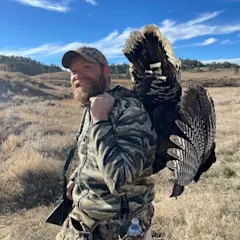Five elk calves died last month after browsing on highly toxic landscape shrubs in a subdivision south of Missoula, Montana—according to a press release issued by Montana Fish, Wildlife & Parks (FWP) yesterday. The plant—a non-native ornamental known as Japanese yew—has caused multiple die-offs in the West recent years, including separate incidents in Idaho that killed more than 20 elk and 50 pronghorn antelope.
Heavy snow has fallen on the Bitterroot Valley and surrounding mountains this winter forcing some deer and elk into residential areas in search of food. Those are the type of conditions that make Japanese yew particularly dangerous to wildlife, FWP said.

"Because it's not native to the area, animals aren't familiar enough with the plant to know or teach their young that it's toxic," said local FWP biologist Rebecca Mowry. "Even a small amount can kill them, and yearlings are especially susceptible."
The calves were found by homeowners between Jan. 15 and 23. Necropsies revealed high quantities of yew in the their stomachs, and there was evidence of partially eaten shrubs in nearby yards. The yew plants were later removed from the homeowners' yards.

Yew is an evergreen shrub with flat leaves and small needles spiraling down the stem. The female plant sprouts bright red berries in late summer and early autumn. The male plants produce flowers that look like tiny Brussels sprouts. All parts of the yew plant are poisonous to wildlife and humans.
According to FWP Wildlife Veterinarian Jennifer, an amount of yew weighing roughly 1 percent of an elk's overall body weight is enough to kill the animal. “The elk we necropsied here at the wildlife health lab had a large amount of yew – leaves, stems and seeds – in it’s rumen,” Ramsey said. “Yew toxicity often causes sudden death, commonly within two to four hours after ingestion.”

The Idaho Department of Fish & Game has reported larger die-offs from yew toxicity in recent years than Montana. During the winter of 2016 and 2017, eight elk died after eating the shrub near homes in the Boise Foothills, and a herd of 50 antelope succumbed to yew poisoning near the town of Payette. In Feb. 2023, nineteen elk died after browsing on yew in people's yards near Mapleton, Utah north of the Spanish Fork Canyon.
Read Next: Texans Caught Smuggling Captive Whitetails Fined Over $12,000 for 60 Violations
Moose and mule deer are also susceptible to to the toxic plant, though whitetail deer seem to be unaffected. Montana FWP recommends that homeowners in areas where elk live become familiar with the plant and remove it from their yards if possible.


